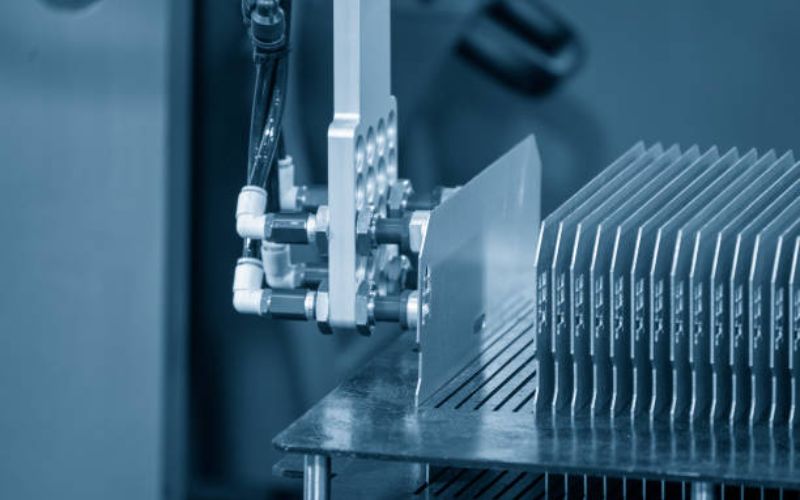How to reseat a heatsink?? - A Comprehensive Guide
As a computer owner or enthusiast, you might have encountered a situation where your computer was getting too hot and started to slow down or even overheat. One common culprit for this problem is an improperly seated heatsink. In this article, we will go over the steps needed to reseat a heatsink properly, ensuring that your computer runs smoothly and without overheating.
What is a Heatsink, and Why is it Important?
A heatsink is a vital component of a computer's cooling system. It is a metal object that sits on the CPU and dissipates the heat away from it. Without a properly working heatsink, the CPU would quickly overheat, which could lead to permanent damage to the CPU and other components of the computer.
When to Reseat a Heatsink?
If your computer is experiencing high temperatures, or if you hear the fan running loudly, it might be a sign that your heatsink needs to be reseated. You should also consider reseating the heatsink if you are upgrading your CPU or removing and reinstalling a CPU for some other reason.
Step-by-Step Guide on Reseating a Heatsink
Reseating a heatsink involves several steps and requires some basic knowledge of how to handle computer components. Here are the steps to follow:
Step 1: Turn off the Computer
The first step is to turn off your computer and unplug it from any power source to ensure your safety before you start handling its internal components
Step 2: Remove the Heatsink
Remove the heatsink by gently turning it counterclockwise and lifting it off the CPU.
Step 3: Clean the Surface
Before reseating the heatsink, you need to clean the surface thoroughly. You can use isopropyl alcohol and a lint-free cloth to clean the surface of the CPU. Make sure that there is no thermal paste left on the surface.
Step 4: Apply Thermal Paste
Next, apply a small amount of thermal paste on the surface of the CPU. You should use a pea-sized drop of thermal paste. Too much thermal paste could lead to overheating, so be careful not to apply too much.
Step 5: Reseat the Heatsink
Place the heatsink correctly on the surface of the CPU and gently push it into place, while applying slight pressure towards the CPU, this is the time to make sure the heatsink is level. Turn the heatsink clockwise until it is securely in place.
Step 6: Tighten the Screws
If your heatsink uses screws to secure the installation, tighten the screws gently, in a diagonal pattern. You should not over-tighten the screws as that can cause damage to the CPU.
Step 7: Reconnect the Fan
Reconnect the fan connector to the motherboard. Make sure that the fan cable is connected securely to the motherboard and not pulling or stretching the cable or plug.
Step 8: Power on the Computer
After reseating the heatsink and reconnecting the fan, turn on your computer and monitor the temperature levels. Ensure that the temperature is stable and not experiencing any erratic spikes. If the temperature is stable, then the reseating was successful.
Step 9: Update Thermal Paste Periodically
Thermal paste is essential for the health of your CPU. It is essential to replace your thermal paste every six months to a year to ensure that your CPU runs smoothly and without overheating.
Step 10: Seek Professional Help
If you are not confident in your ability to reseat a heatsink, do not hesitate to seek the help of a professional. Computer repair shops exist for precisely this reason, and they can ensure that your heatsink is reseated correctly and safely.
Conclusion
Reseating a heatsink is a crucial step in maintaining your computer's health and ensuring that it runs smoothly and without overheating. While it might seem daunting at first, following the above steps can help even first-timers reseat the heatsink with ease. Remember, if you are unsure, do not hesitate to seek professional help.

